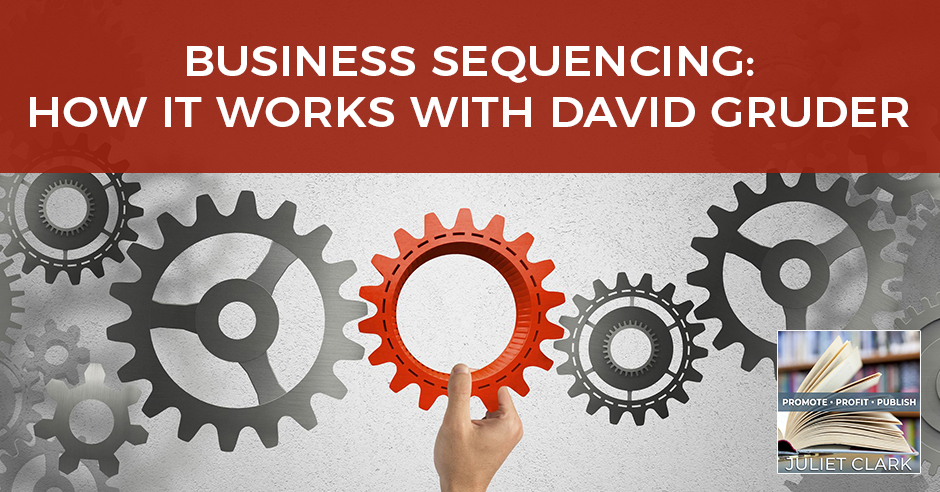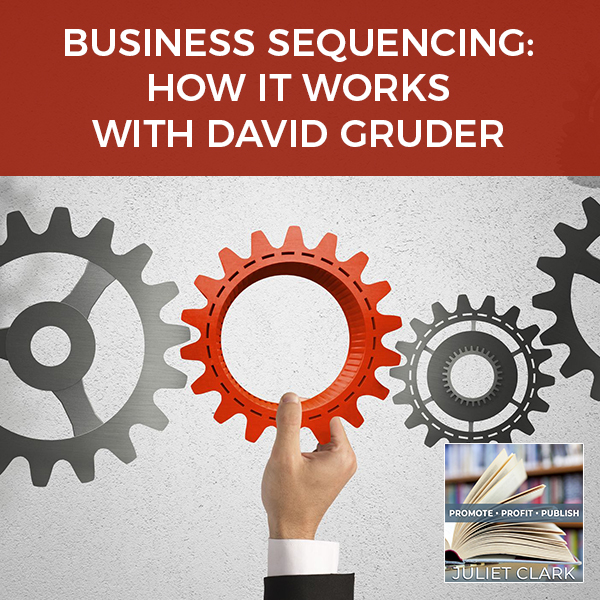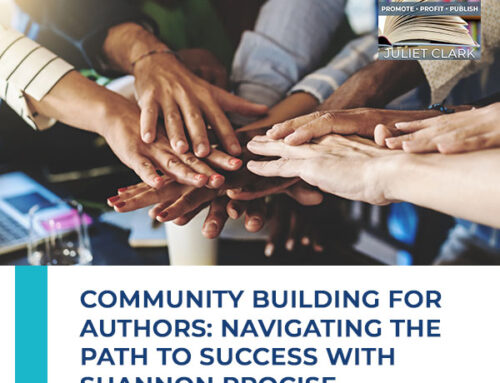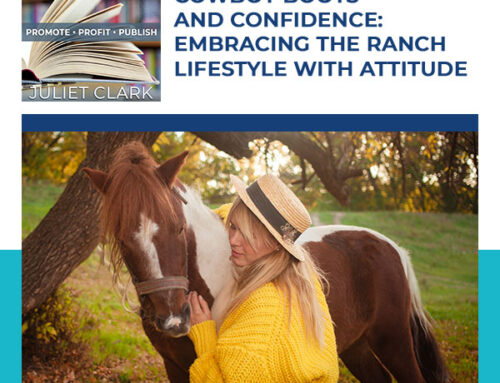
A lot of authors, coaches, and speakers start setting up their careers without taking the time to build on their foundational tools. They jump into monetizing without building an audience. Psychological business strategist David Gruder discusses the concept of sequencing in your business and how it works. Sequencing is, in the context of business of any kind, is doing the right things in the right order in order to get the maximum results from the things that you’re doing. David speaks, trains, and consults leaders, executives, entrepreneurs, and social change catalysts, helping professionals and self-developers.
—
Watch the episode here:
Listen to the podcast here:
Business Sequencing: How It Works with David Gruder
I am so honored to have Dr. David Gruder here, who is a psychological business strategist. His mission is making integrity profitable, leadership effective and collaboration productive as well as having happiness sustainable and healthy cultures throughout your company. David speaks, trains and consults the leaders, executives, entrepreneurs and social change catalysts, helping professionals and self-developers. The recipient of Leadership and Culture Creation Awards, he was named America’s Integrity Expert by Radio-TV Interview Reports a decade ago. His books have won awards in politics, society, social change, conscious business, leadership, health and wellness, mental health, psychology and self-help. David is a recovering musician whose parents sent him to Woodstock when he was fifteen years old. David lives in San Diego with this acupuncturist wife, Laurie, and has two irresistibly adorable cats. Welcome, David.
Thank you, Juliet. It’s a pleasure to be with you.
Thanks so much. I sat at David’s table at the last CEO Space and we had the best conversation with people at the table about sequencing in your business. This resonated with me because with book people, authors, coaches and speakers, I see this a lot where they set up, they forget the foundational tools or they don’t set them up well. Then they jump into, “Now, I’m ready to monetize without building an audience.” I was intrigued by this conversation and I asked David to come on to the show and share his sequencing and how he sees it working.
I’m glad we were at the table when that discussion happened. It was fun. First of all, what sequencing is in the context of business of any kind is doing the right things in the right order in order to get the maximum results from the things that you’re doing. That also includes bringing on the right resources in the right order. That resources meaning not things like software and other nonperson resources, but also bringing on the right advisors, executives, implementers, and visibility sources in the right sequence in the right order. Sequencing is all about efficiency. Unfortunately for most of us and myself, very much included back in the day, we’re not generally trained to think in terms of sequencing.
Sequencing is all about efficiency. Share on XWith entrepreneurs, what you and I often see is an entrepreneur who is fortunately very on fire about what they want to bring or what they want to offer. Whether that’s a book or a product or service or whatever it might happen to be. They’re excited about it. The phase that they’re in oftentimes is that phase before they have even determined whether what they’re excited about is going to be viable in the marketplace. They’re all hot to trot on building it out before they know whether it’s going to be worth the time, energy and money that it’s going to take to build it out. That’s the broader context around sequencing.
The first phase in sequencing is that phase where we get an idea, a glimmer. We have a light bulb moment. We have an inspiration. We think that whatever this is, it would be a very cool thing to bring to the market. I’ll bet that people are aching for it and it’s going to make me a lot of money if it’s a for profit or it’s going to have a huge amount of impact if it’s a nonprofit. Then they simply start building. What has to happen first sequencing-wise is first of all, to be clear about whether what you have in mind lives at the intersection of your impact mission. The ways in which you want to have positive influence in the world and can maximally, of all your different options, help you make the best progress possible toward attaining your own personal, ultimate life goals, which are about the ideal calendar you would want to live.
How you would want to allocate your time, your ideal lifestyle and your ideal legacy. Are you clear enough about your life-balance commitments between now and when you have attained your ultimate life goals so that you’re not going to be sacrificing your own well-being or your cherished relationships in order to succeed? That’s an important frame of reference to have before even delving into deciding whether the idea you’ve got can make money. Once you got that frame of reference for decision-making from the sequencing point of view, what comes next is what I call viability vetting. Viability vetting is about making sure that you can successfully quit in front of the people who would want what you’ve got in a form that is so compelling for them that it’s irresistible. That they want to say yes. There are seven dimensions in viability vetting that are crucial to flash out.
I call these the seven proofs of viability. The good news is that they also happen to be the seven proofs that funding sources are looking at in evaluating whether they want to provide funding for your idea. Whether those funding sources or loan sources or investors or whatever they might happen to be even grants, they are looking for these seven proofs. Regardless of whether they even know how to put these proofs into words. The first of those seven proofs is proof of concept. What proof of concept is, is proof that what you’re going to bring to market or have in mind to bring to market will do what you say it’s going to do. The concept works. If you don’t know whether the concept works, then what you’re doing in that early stage in development is your devoting time, attention and oftentimes money to doing that proof, to establishing that proof in one form or another. There are a lot of ways of establishing early proof. Proof of concept is the first proof.

Sequencing: Be clear about whether what you have in mind lives at the intersection of your impact mission.
Second proof is proof of market. What that proof is about is getting clear that what you want to bring to the market, people want already. I had to learn that one the hard way because as a trailblazer, that’s part of my architecture. It took me unfortunately a long time, a lot of years to finally face that the things that I was coming up with were ten to twenty years ahead of the market. Those ideas make very cool passion projects or sometimes good nonprofits but not good for-profit ventures. Proof of market is being able to establish that what you want to bring to the marketplace people are already thirsty for even if you have to explain it first in order for them to decide for themselves that this is what they didn’t know they wanted.
The third proof is proof of pipelines or channels. Proof of pipelines or channels means that you’ve been able to identify ways to reach the people who are thirsty or will discover they are thirsty for what you’ve got. When they might be in the mood to engage or when they might be in the mood to learn more about what you’ve got, so that you can bring them into a sales funnel. I’ve seen people come up with wonderful ideas that there would be a market for, but they have not been able to figure out how to reach the people that in large enough numbers would be looking for that. It’s going to be a real uphill battle.
The fourth proof is proof of compellingness or distinctiveness. What this is about is that what you’re bringing to the market or what you have in mind and hope to bring to the market is something that is different enough from what already is out there. That people will instantly see how they want your version over others that are out there. That doesn’t necessarily mean everybody because you can make a lot of money through offering something that’s offered a lot, but it’s custom tailored to a specific market segment and it’s never been custom-tailored to them. You could offer something that’s available in the market that’s more expensive than what the usual prices are. You’re bringing added-value to that thing that people already are thirsty for and they’re not finding anywhere else. They want it so badly, they’ll pay more for it. You might have come up with a better mousetrap. You might have come up with a way to deliver what’s already being delivered in the market for enough less money that people are going to go, “No competition. I’m going with you.” Those are examples of compellingness, but we have to establish proof of compellingness.
The fifth proof is proof of plan. Meaning that you have built out enough of a sequence, enough of a plan for how you’re going to do the right things in the right sequence so that you’re not going to get off track. You’re not going to go down rabbit holes because you’re focusing on things before the business is ready to benefit from you focusing on those things. Oftentimes, that’s in its fully flushed out version that looks like a strategic plan. Before a strategic plan, there might be a master plan, which is a plan for the entire arc of the business. It might be a 50 to 100-year plan out of which ideally a strategic plan for the next one or three or five years would grow.
Don’t sacrifice your own well-being or your cherished relationships in order to succeed. Share on XThe sixth proof is proof of experts. What that means is that if you have truly an entrepreneurial venture in mind, then the range of expertise it is going to require is by definition greater than the expertise that any one person can have by themselves, including you. In order to succeed, you have to first of all be clear about the gaps between the expertise you bring to the venture versus all of the expertise the venture is going to require. From there, you’re going to be doing sequencing about what types of expertise you’re bringing on first, second, third, fourth, so that you’re not piddling your money away with wonderfully selected experts or implementers or executives before you’re ready to utilize them.
The seventh proof, I call proof of you. What proof of you is that you have taken a good deep look at what the business is going to require you to become for it to succeed and you’re in with both feet. You’re clear about what it’s going to require you to become and you are completely passionate about filling those gaps so that you do become who the business needs you to be for it to succeed. That’s particularly important when we’re searching for funding sources because in the end, they’re funding us. They’re funding what we’re bringing to the market. If they don’t believe in us, if we’re not showing up like a leader who can be trusted to stay on track and do the right things in the right sequence, they’re not going to invest in us no matter how good the concept is that we’ve got. Those are the seven proofs that we need to establish for ourselves as viability vetting, in order to be sure that what we have in mind is going to have the best possible chance of profitizing and succeeding before we start building it out.
If people want to find out more about how they can work with you in what they do, do you have something you’d like to give away free or how can they contact you or both?
One option is that if you’re needing to engage a sequencing expert, a sequencing mentor, no matter where you are in your business’ development. If you don’t even have a clear sense of what you want to build next or if you’ve already been building it and you’ve gotten in gridlock or in quicksand in the building process. Go ahead and set an engagement exploration appointment with me through my online scheduler that you can access by clicking the contact button that’s at the bottom of every page. It’s a blue button on my main website, which is DrGruder.com. The thing that I’d be delighted to gift to your readers if they’re interested in this, and they don’t necessarily need to have a conversation about engaging a mentor to help them with sequencing decisions. I’d be happy to provide them with the cheat sheet for viability vetting, the seven proofs. What we can do is provide them with a link that they’ll be able to download that cheat sheet through.

Sequencing: If we’re not showing up like a leader who can be trusted to stay on track and do the right things in the right sequence, they’re not going to invest in us no matter how good our concept is.
Thank you so much. I love the conversation at the table. I think you did it even better this time.
Thank you so much. What I didn’t touch on at the table is what happens after viability vetting. Then there’s build out, launch, solidifying the procedures and the finetuning things so that everything is moving effectively so that you can do expansion, which is another phase. The final phase in sequencing is the exit phase. The exit isn’t necessarily where we sell. It might be or a succession plan, but it might also be something as simple as we stopped being the chief cook and bottle washer and become the chief visionary officer if we’re going to stay with the project for the rest of our career. Everyone has an exit intent and that has to be clarified and specified, so that the right exit plan can be built toward from the beginning.
I remember somebody else was speaking at one of the events there and was talking about an exit plan. I thought, “I don’t have an exit plan, something is wrong here.” Thank you so much for doing this for us.
My pleasure, Juliet. Thanks so much for having me on your show.
Important Links:
About Dr. David Gruder
 Please meet Psychological Business Strategist, Dr. David Gruder. His mission: making integrity profitable, leadership effective, collaboration productive, happiness sustainable, and cultures healthy. David speaks, trains and consults to leaders, executives, entrepreneurs, social change catalysts, helping professionals and self-developers. The recipient of leadership and culture creation awards, he was named “America’s Integrity Expert” by Radio-TV Interview Reports a decade ago, and his books have won awards in politics & society, social change, conscious business & leadership, health & wellness, mental health, psychology, and self-help. A recovering musician whose parents sent him to Woodstock when he was 15, David lives in San Diego with his acupuncturist wife Laurie and their two irresistibly adorable cats.
Please meet Psychological Business Strategist, Dr. David Gruder. His mission: making integrity profitable, leadership effective, collaboration productive, happiness sustainable, and cultures healthy. David speaks, trains and consults to leaders, executives, entrepreneurs, social change catalysts, helping professionals and self-developers. The recipient of leadership and culture creation awards, he was named “America’s Integrity Expert” by Radio-TV Interview Reports a decade ago, and his books have won awards in politics & society, social change, conscious business & leadership, health & wellness, mental health, psychology, and self-help. A recovering musician whose parents sent him to Woodstock when he was 15, David lives in San Diego with his acupuncturist wife Laurie and their two irresistibly adorable cats.
Love the show? Subscribe, rate, review, and share!









Leave A Comment